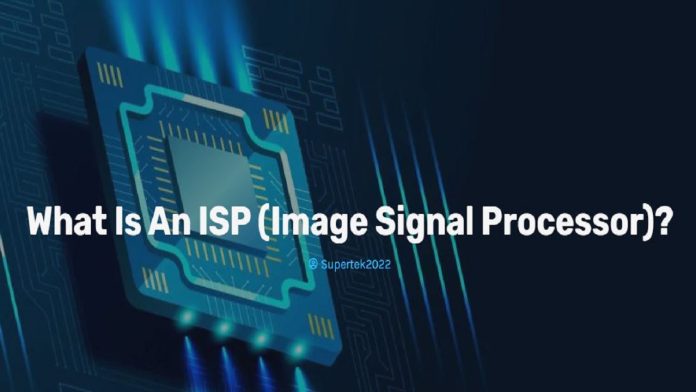Image Signal Processors (ISPs) are the unsung heroes responsible for transforming uninteresting raw data into captivating visuals in the field of digital imaging, where visual content is king. These clever processors possess the ability to transform commonplace images into stunning works of art. Investigating the architecture and operations of image signal processor reveal a technological symphony that directs the magic we experience through our screens.
Image sensor and A/D conversion
The image sensor, which captures the essence of light and transforms it into a world of electrical signals, is where the journey starts. These analog signals travel to the Analog-to-Digital (A/D) converter, where they go through an alchemical transformation. The A/D converter converts analog signals into a digital format.
The Balance of Signal Processing Blocks
The ISP’s brain contains a variety of signal-processing units that work in unison to transform raw data into beautiful images. The virtuosos of the orchestra are these blocks:
Color rectification
This block accurately paints the images on the canvas with the precision of an artist, making the colors appear as vivid and real as the eye sees them.
Noise mitigation
A master of clarity, this block deftly eliminates digital noise to reveal the image’s flawless details and sharp textures.
Demosaicing
The demosaicing block meticulously recreates the tapestry of color, converting pixel patterns into seamless, vivid images, much like a mosaic artist would.
White Balance
The white balance block ensures that images resonate with the true colors of reality by adding just the right amount of light and warmth.
Gamma Correction
This master of contrasts refines brightness and contrast, creating a captivating visual symphony.
Memory Unit and D/A Conversion
After post-processing, the unfinished work is stored in the memory unit as a haven for pixels awaiting their moment of glory. The Digital-to-Analog (D/A) converter here gives the digital pixels life by transforming them back into their analog essence, making them visible to the outside world.
Internal and External ISPs
Two main performers grace the ISP stage:
Internal ISPs
Internal ISPs, which are integrated into the brains of devices, work their magic in low-cost digital cameras. Despite having a hint of simplicity, they demonstrate their skill by expertly enhancing images without taxing the system’s resources.
Outside ISPs
External ISPs show themselves to be stand-alone virtuosos and serve as beacons of excellence. Their performance is unmatched, captivating the audience with images that go beyond reality itself. They are frequently found in high-end cameras.
A Stunning Tapestry of Innovations and Applications
ISP technology depicts innovation in a variety of fields, from mobile phones that capture the fleeting moments of life to digital cameras that render breathtakingly detailed scenes. Drones and robots can better navigate the environment and recognize objects with the help of the dynamic duo of ISPs and robotics.
A Promising Future
ISP architecture and operations are a world of unending goodness. In this world, creativity and technology work together to tell stories of change and improvement. ISPs create an enchanting symphony with each click, tap, and capture that turns ordinary events into visual wonders.
Conclusion
Image Signal Processors truly inspire with their architectural mastery and operational artistry. These underappreciated masters breathe life into pixels and create narratives by transforming the ordinary into the extraordinary. ISPs, whether internal or external, push the limits of visual excellence and enthrall us with images that have a deep emotional impact. The world appears more vivid through their eyes, and our shared experiences are made more memorable as a result.








